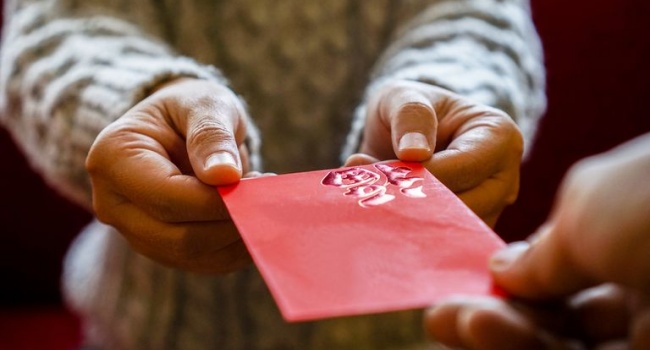The History Behind Your Favourite Red Envelope, The Ampao
AMPAO – Etched in the traditions of the Filipino is giving away these red envelops filled with money called, Ampao.

This is one of the most awaited gifts of the “pamangkin” from their “ninongs and ninangs”. Primarily, this red envelop is filled with cash, but there’s more to it than just giving away money.
The red envelope is embedded with Chinese characters and is usually given around the Christmas season. However, the Filipino tradition of giving ampao is not as sacred as that of the Chinese.
For the Chinese, they usually give their Ampao during Chinese New Year. In China, it is called Hongbao (Mandarin) and Lai See (Cantonese). Both of these words have the same meaning, “red packets”.
According to an article from PhilippineOne, the Chinese hold much importance to the color red. It symbolizes power, strength, happiness, and good fortune.
In the Philippines, after getting the money from the red envelope, it is often discarded. But, this is not the case for the Chinese. In their culture, the contents of the envelope are not important, it’s the envelope itself.
It is called Yasui Qian, something that fends off what is called “ghost money”. Giving someone a red envelope is saying that you are praying for their safety and well being for the rest of the year.
Here are some of the general guidelines when giving Ampao:
- Only put fresh/new money inside the envelope. Giving crumpled up and old money is considered to be bad luck
- Don’t put coins inside the envelope
- Money that has a four in it is not allowed (ex: 40, 400). For the Chinese, the number 4 symbolizes death.
- Don’t open the red envelope in front of the person who gave it to you
- When receiving the envelope, use both your hands.
- Always thank the person who gave you the red envelope.
Thanks for reading! Like this article? SEE ALSO: Mongolia – What Are Their Cultures And Traditions? (Answers)
